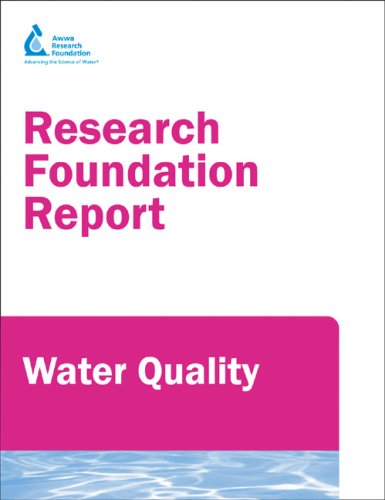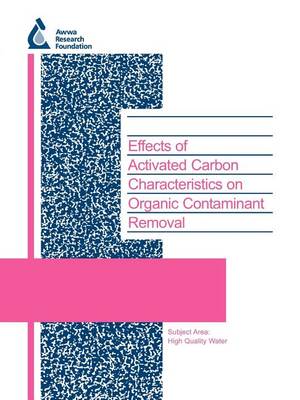Water Research Foundation Report
2 total works
Alternative Adsorbents for the Removal of Polar Organic Contaminants
by Detlef R U Knappe, Alfred Rossner, Shane Snyder, and Cliff Strickland
Published 6 September 2007
The removal of polar and ionizable organic contaminants is an emerging concern in the production of safe drinking water. Activated carbon adsorption is one treatment strategy to remove such contaminants, but high carbon usage rates may be required to meet treatment goals. Recently published data showing that high-silica zeolites and carbonaceous resins exhibit higher MTBE adsorption capacities than activated carbons served as a motivation for a systematic evaluation of alternative adsorbents in this study.
The overall objective of this research was to compare the effectiveness of alternative adsorbents such as high-silica zeolites and carbonaceous resin to that of granular activated carbon (GAC) for the removal of methyl tertiary-butyl ether (MTBE) and emerging organic contaminants such as pharmaceutically active compounds and endocrine disrupting chemicals from drinking water sources. Apart from niche applications, in which the removal of a specific contaminant such as MTBE is targeted, alternative adsorbents such as high-silica zeolites and carbonaceous resin cannot compete with the effectiveness of activated carbon. Activated carbon will continue to be the most effective broad-spectrum adsorbent for the removal of organic contaminants from drinking water. Isotherm results obtained in this study showed that an activated carbon dose that might typically be added for taste and odor control (10 mg/L) is sufficient to achieve a 2-log removal of many emerging organic contaminants.
The overall objective of this research was to compare the effectiveness of alternative adsorbents such as high-silica zeolites and carbonaceous resin to that of granular activated carbon (GAC) for the removal of methyl tertiary-butyl ether (MTBE) and emerging organic contaminants such as pharmaceutically active compounds and endocrine disrupting chemicals from drinking water sources. Apart from niche applications, in which the removal of a specific contaminant such as MTBE is targeted, alternative adsorbents such as high-silica zeolites and carbonaceous resin cannot compete with the effectiveness of activated carbon. Activated carbon will continue to be the most effective broad-spectrum adsorbent for the removal of organic contaminants from drinking water. Isotherm results obtained in this study showed that an activated carbon dose that might typically be added for taste and odor control (10 mg/L) is sufficient to achieve a 2-log removal of many emerging organic contaminants.
Effects of Activated Carbon Characteristics on Organic Contaminant Removal
by Detlef R U Knappe, L. Li, Patrick Quinlivan, and T. Wagner
Published 1 January 2004
Many water treatment plants need to remove objectionable trace organic compounds, and activated carbon adsorption is often the best available technology. Utilities face the challenge of having to choose from a large variety of activated carbons, and iodine number or BET surface area values are often utilized in the selection process. Although neither parameter correlates well with adsorption capacities, alternative activated carbon selection criteria based on fundamental adsorbent and adsorbate properties are lacking to date. The first objective of this research was to systematically evaluate the effects of activated carbon pore structure and surface chemistry on the adsorption of two common drinking water contaminants: the relatively polar fuel oxygenate methyl tertiary-butyl ether (MTBE) and the relatively nonpolar solvent trichloroethene (TCE). The second objective was to develop simple descriptors of activated carbon characteristics that facilitate the selection of suitable adsorbents for the removal of organic contaminants from drinking water.Originally published by AwwaRF for its subscribers in 2003 This publication can also be purchased and downloaded via Pay Per View on Water Intelligence Online - click on the Pay Per View icon below

